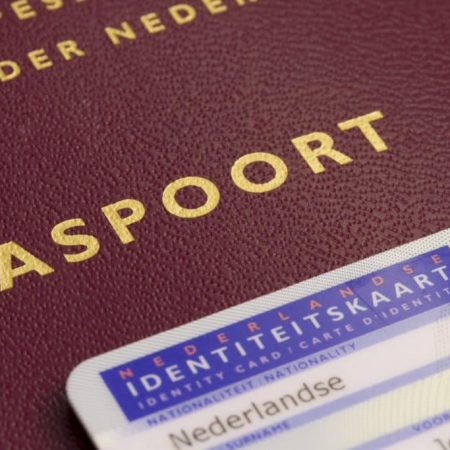Role of face biometrics in online life becoming clearer
Face biometrics play a key role in the future of digital identity and online transactions, as seen in several of the most-read stories of the week on Biometric Update. Among them; age verification continues to trend, NIST has released a new FATE report and Onfido’s CEO argues for re-usable ID. Meanwhile, leading face biometrics developer ROC.ai has moved into a new modality. Major decisions in digital identity also were also made this week in legislation and in court.
Top biometrics news of the week
Guidelines from UK communications regulator Ofcom give people a variety of ways to prove they are old enough to view pornography online, but most involve face biometrics. Facial age estimation, biometric matches against ID documents with liveness checks, and digital IDs on mobile devices and in digital wallets are all approved age assurance methods.
Clearview AI has reached a preliminary settlement with a consolidated class of plaintiffs in a lawsuit filed under Illinois’ Biometric Information Privacy Act. Few details have been disclosed thus far, but the case, which dates back to a trial by retailer Macy’s, has been through a dispute between plaintiffs’ attorneys and “numerous” settlement drafts.
NIST has released a report evaluating 13 algorithms for assessing face biometric image quality, considering their effectiveness at detecting specific defect, and finds the algorithms are improving. NIST added measures for several specific defects to better align with ISO/IEC 29794-5:2024, and is asking for feedback on its evaluation methods and metrics.
Fingerprint liveness detection was supposed to roll out for Aadhaar authentication this past March, but fraud discovered in the Aadhaar-enabled Payment System appears to suggest that it is not working in at least one state. A data breach was used by fraudsters to create 3D images of fingerprints that were used to withdraw other people’s money.
Negotiations over the EU’s AI Act are down to the wire, with biometrics regulation posing one of the final barriers to a deal. Advocacy groups, meanwhile, warn that the law as crafted would result in technologies banned in the EU will get exported to more permissive jurisdictions.
The best way to protect people from rampant identity theft and fraud is to give them control, Onfido CEO Mike Tuchen writes in a Biometric Update guest post. A digital ID that is verified once through selfie biometrics and is then re-usable not only improves user privacy, but also convenience.
Rank One Computing has entered the iris biometrics market, submitting its matching software for the IREX evaluation conducted by NIST. The company says its iris matching algorithm is dramatically faster than other leading providers, and scored a 99.3 percent TMR at 1 percent FMR.
Registrations have begun for Malaysia’s National Digital ID, with people submitting their MyKad ID and fingerprint biometrics for matching against data held by the National Registration Department. Implementation is being handled by Mimos, but neither Mimos nor NDID itself store biometrics, the government has clarified.
Kenya’s Maisha Namba has suffered a similar blow to the one that proved fatal to its predecessor Huduma Namba. The High Court halted its rollout, ruling that a data protection impact assessment and greater public engagement are required to move the new national digital ID system forward.
Long-awaited identity verification legislation has passed in Australia, providing a framework for service providers and oversight, as well as the government’s Face Verification Service. In addition to rules around consent and data encryption, the bill includes 38 amendments, mostly intended to strengthen privacy provisions. Just last week, separate legislation for the country’s digital ID system was proposed, along with a $145.5 million Australian budget to support its implementation.
Bhutan’s digital identity is intended to deliver self-sovereign identity in a digital wallet for processing on devices at the network edge, with SSO for government services, KYC capabilities, and a built-in chat app. Jacques Von Benecke, one its architects, tells Biometric Update in a feature interview how the small, developing nation was able to build it in-house.
Behind closed doors, delegates at the Biometrics Institute’s Showcase Conference in Canberra, Australia last week discussed the importance of collaborating to address ethical challenges as the presence of biometrics continues to grow. On February 15th, 2024, the Biometrics Institute will host a 90 minute On the Pulse online event for its members on biometrics testing featuring several prominent names in the industry.
Please let us know about any panel discussions, podcasts or opinion pieces we should share with the people who work in biometrics and the digital identity ecosystem in the comments below or through social media.







